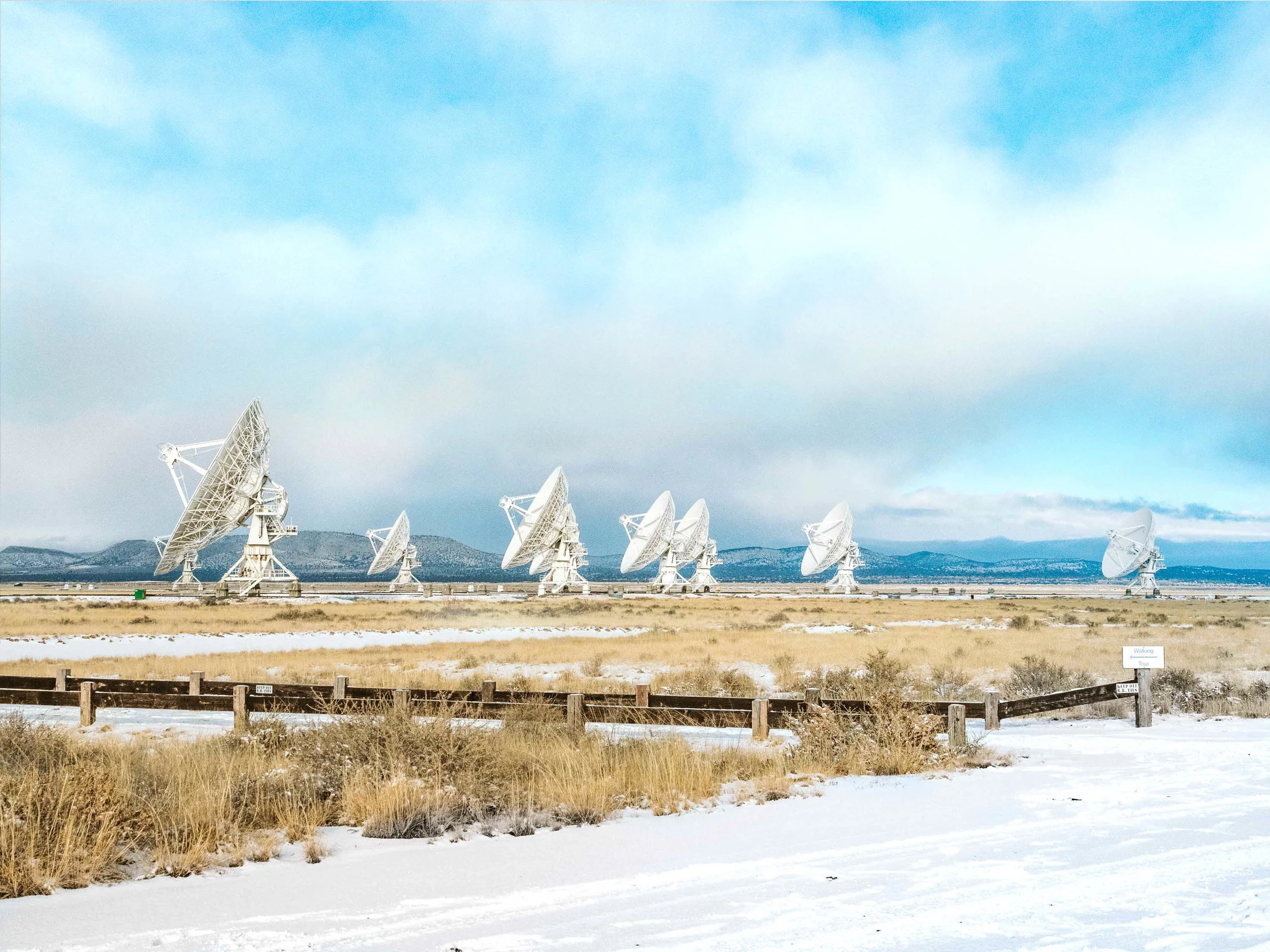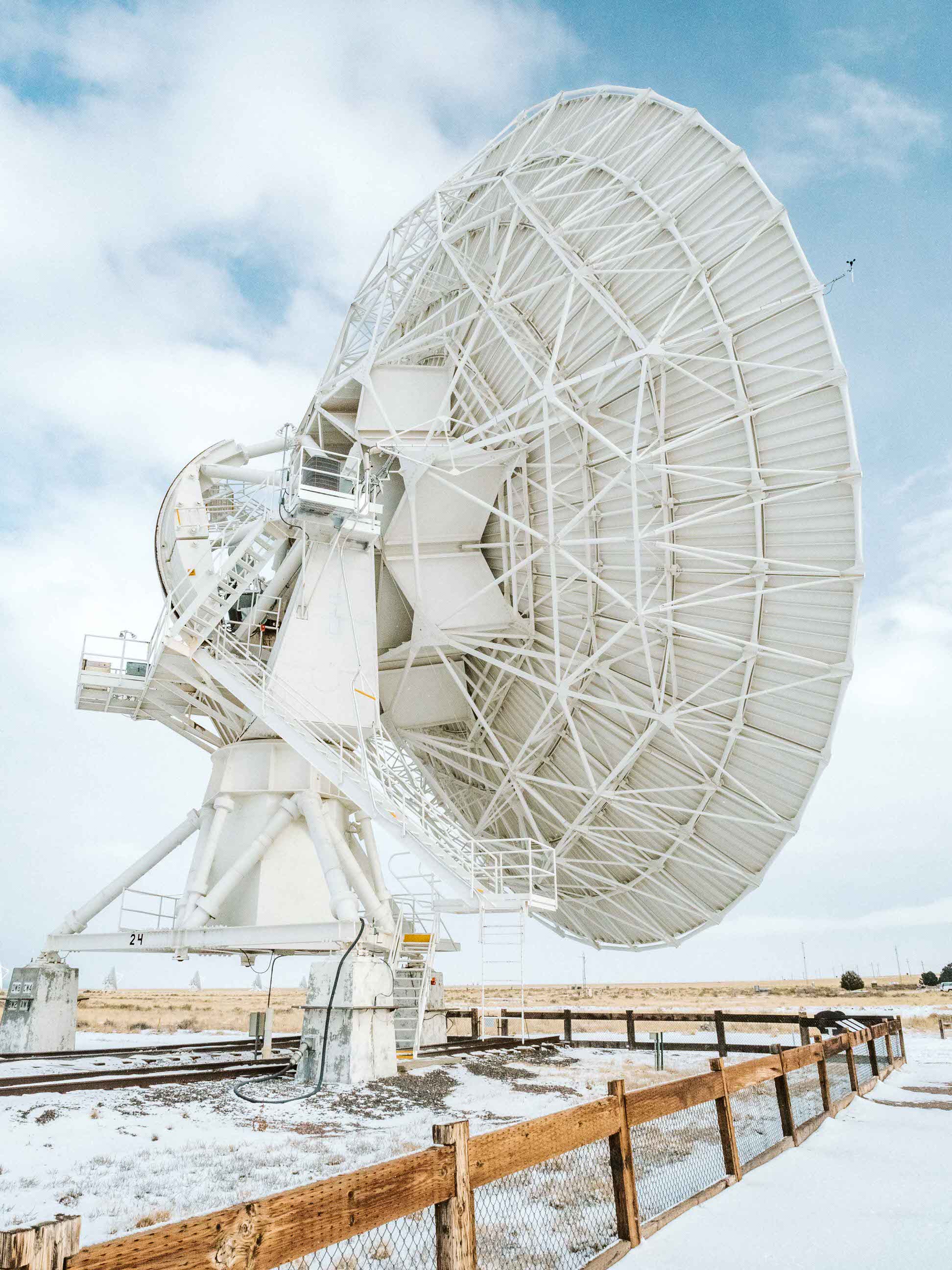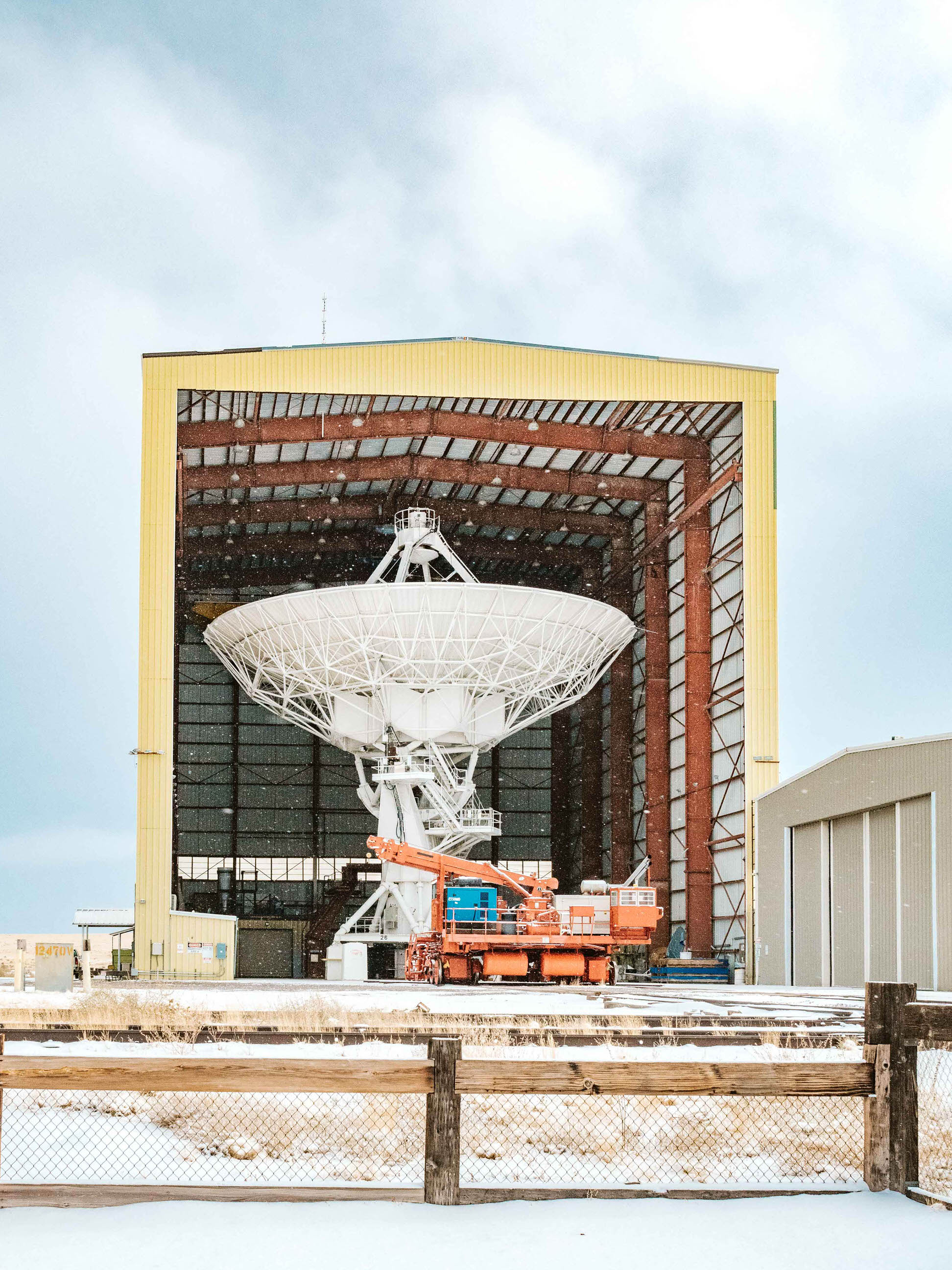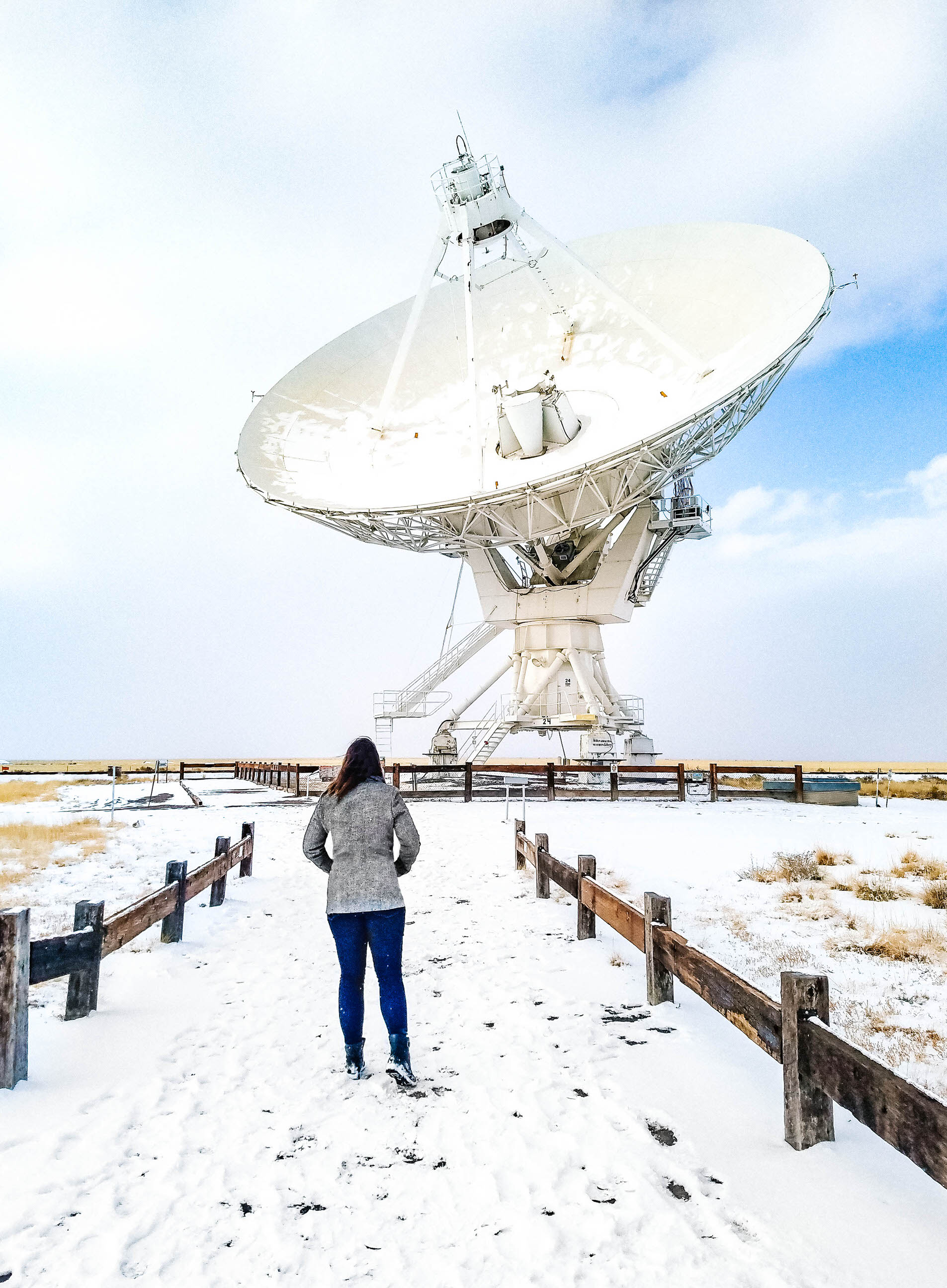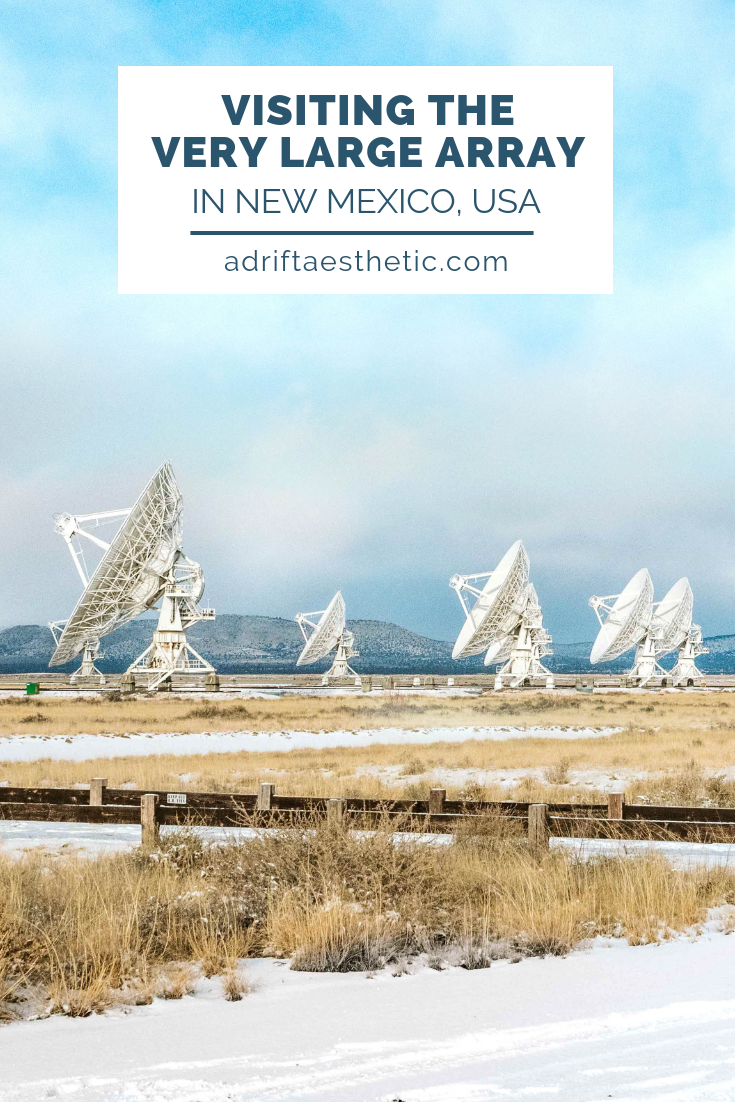The Very Large Array: the Perfect New Mexico Road Trip Stop
A lot of my friends know I have an issue with outer space because thinking about the infinity of space has never sat too well with me. Seriously guys, how can it just go on forever?? I've always been convinced there's a wall out in space somewhere, we just haven't found it yet…just some clear wall made out of a foreign, plastic-like material that sits thousands of light years away. I’m convinced! lol. You would think my feelings towards the vast unknown would keep me away from space-related destinations while traveling but it ends up making them even more appealing. And let me tell ya, New Mexico has a surprising number of interstellar gems including the infamous town of Roswell. But one of the most intriguing places to visit in New Mexico is the Very Large Array, or the VLA, located roughly 2 hours southwest of Albuquerque.
What's the VLA you’re probably asking? Remember that movie Contact from the 90's where Jodie Foster is working in a vast field of massive telescopes and first hears evidence of alien life? That was the Very Large Array. Although they aren’t actually telescopes but are instead radio antennas, they’re still just as impressive. For those who haven't seen the movie, imagine an expanse of 27 dishes that are each 82 FEET WIDE, 94 feet tall and weigh about 250 tons. Each of them work together, creating one powerful antenna scanning the skies. By reading radio light from the cosmos, the VLA has helped discover black holes, ice on Mars, and taught us more about the Milky Way. It is a sought after destination for astronomers from around the globe and is one of the most impressive displays of its kind, making it a unique road trip stop while visiting New Mexico.
I’m not going to lie, the drive to the Very Large Array is not too exciting (you may see some cows, but that’s about it). It lies within a valley that is 42 miles wide, chosen for its size and the fact that it’s surrounded by mountains which blocks out human-made radio waves. We pulled up to the Very Large Array 30 mins before the Visitor's Center was supposed to close (apparently the welcome video is narrated by Jodie Foster), only to find it locked and dark. A little disappointing but luckily for us, not only is the VLA technically open until dusk each day, but there's a free, self-guided walking tour that you can take on the grounds. The signs are clearly numbered and we casually strolled from post to post, learning at our own pace in total seclusion, surrounded by these massive technological feats. Even with remnants of snow on the ground, they stood out against the scattered blue skies and mountains in the distance. Halfway through the walk you have the chance to stand at the base of one of the antennas. Warning: you’re going to feel pretty minuscule both on Earth and within our universe. We were even lucky enough to see all the dishes rotate in unison! I honestly felt like I was walking through a sci-fi movie set.
Depending on the time of year, you will see these antennas set up in different configurations, sometimes placed far enough apart that they span across 13 miles of the valley. They are repositioned across tracks via transporters that move at 4 mph. No matter when you have a chance to see them, it’s definitely worth the trip despite being 24 miles from the nearest small town of Magdalena, New Mexico. The Very Large Array is unlike anything you’ve seen and will provide not only a cool photography subject (just make sure your camera and phones are set to airplane mode so they don’t interfere with the antennas’ signals) but may make you second guess our planet’s place in the universe.

